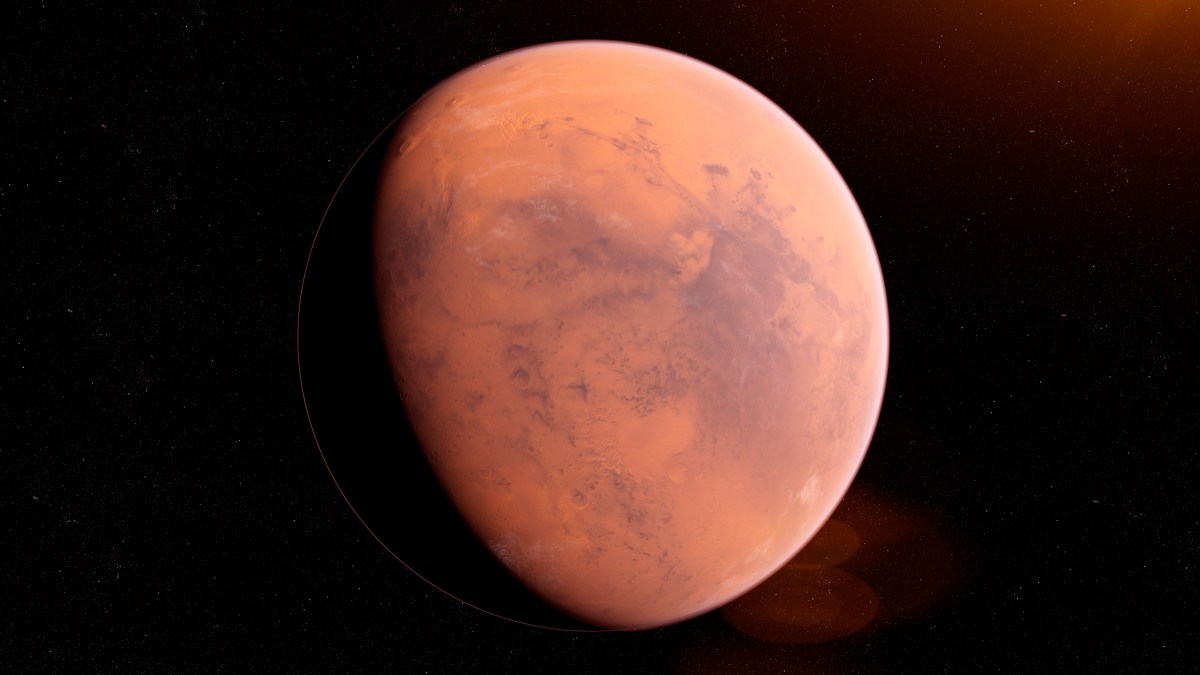Get the latest tech news
How A NASA Probe Solved a Scorching Solar Mystery
The outer layers of the sun’s atmosphere are a blistering million degrees hotter than its surface. The hidden culprit? Magnetic activity.
Until then, the solar community had mostly focused on remote observations of the sun, made by ground-based telescopes, rockets or satellites such as SOHO, a mission led by the European Space Agency (ESA) that had recently been launched and is still operating. The solar-wind community, on the other hand, was busy collecting and analyzing samples of the extended corona using satellites such as NASA’s Advanced Composition Explorer and Ulysses, a joint ESA/NASA mission that flew over the sun’s poles. Instead of being a disorganized fluid, the near-sun solar plasma whooshes outward in streamlets that often match the sizes of the convective supergranules on the sun’s surface — the cells around which magnetic fields concentrate, amplify and escape into the corona.
Or read this on Hacker News

